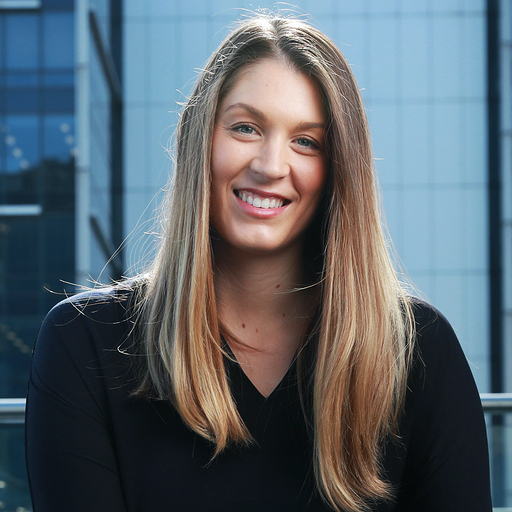What Labor’s election win means for housing
Labor leader Anthony Albanese has been officially sworn in as Australia’s new Prime Minister, with attention now turning to the party’s plans for housing.
Labor’s flagship policy for housing, announced during the election campaign, is a national shared equity scheme called ‘Help to Buy’.

Prime Minister Anthony Albanese has pledged to deliver on housing affordability. Picture: Getty.
Under the scheme, the government would co-purchase up to 40% of a new property (or 30% of an existing home) with an eligible buyer. Over time, the buyer could buy out the government, or pay out their share once the property is sold.
Labor said Help to Buy will be open to 10,000 Australians each year. Individuals earning less than $90,000 and couples earning under $120,000 could be eligible.
But the idea isn’t radical. Here’s how it’s already working in some states.
State based shared equity schemes
Christine Kapetanios was in her late 40s when she went through a divorce, leaving her with no place to live.
“I didn’t think owning a home was within my grasp so I started looking for a rental,” Ms Kapetanios said.

Ms Kapetanios bought her Perth home through a shared equity scheme. Picture: supplied
While looking for a rental Ms Kapetanios found an ad for Keystart, a private organisation which was launched by the Western Australian government 33 years ago.
The organisation offers low-deposit home loans and shared equity loans for eligible Western Australians on low-to-middle incomes.
Similar schemes are also operating South Australia, Tasmania and Victoria.
How shared equity works
Shared equity splits the burden of a mortgage between the buyer and the government, so buyers only need to cover the repayments on their share of the loan.
For example, if a buyer purchased a $400,000 home with a 25% shared equity, they’d only make repayments on a $300,000 loan, minus any deposit paid up front. They will, however, need to cover the ongoing costs associated with owning a property.
For Ms Kapetanios, she bought an apartment in Perth in 2017. She owns 70% and the WA Housing Authority owns 30%.

Shared equity schemes already operate in several states. Picture: Eugene Hyland
Through the scheme, Ms Kapetanios only has to make repayments on 70% of the loan, unless she chooses to buy a larger stake in the property. She also pays for all the regular bills that come with homeownership, such as strata, insurance and rates.
“I still look [at the house] and think ‘wow, I own this place,’ and although the government owns 30% I don’t mind, I just feel so comfortable, I feel secure,” Ms Kapetanios said.
“When I can afford it, and it doesn’t inhibit having a little bit of a life, then I’ll move forward and buy more of the share.”
Keystart CEO Paul Graham said any profit made through the scheme goes into the state-owned Housing Authority.
“Our dividend pays for the social housing system here in Western Australia, so it’s very much a social dividend which is fantastic,” Mr Graham said.
Labor’s other housing policies
Aside from the shared equity scheme, a regional first-home buyer scheme will help 10,000 buyers per year enter the housing market outside of the capital cities.
Similar to the Home Guarantee Scheme, the Regional First Home Buyer Scheme allows eligible applicants to purchase a home with a deposit of as little as 5%, with the government guaranteeing up to 15% of the purchase price. Find out more about the scheme on the ALP website.

Labor’s regional support scheme will be available to 10,000 first-home buyers a year. Picture: Getty
During the campaign, Labor had said it would match the Coalition’s election promise to encourage older Australians to downsize their homes. Under the changes, Australians aged over 55 (previously 65) would be able to contribute up to $300,000 into their superannuation if they sold their home.
The ALP has also promised to create a $10 billion Housing Australia Future Fund, which would be used to build 30,000 new social and affordable homes.


